Sometimes I feel bad for PC builders who missed out on the CPU overclocking heyday back in the 2000s. Back then, you could coax a mainstream CPU into performing like a more expensive chip with an aftermarket cooler, a bit of fiddling in BIOS, and an afternoon of stress testing. It was a rewarding process, even a little fun, almost like the hardware version of entering a cheat code. As a result, overclocking developed a certain mystique. More than just a performance boost, overclocking started to feel like a rite of passage, the initiation ceremony that separated the newbies from the veterans in the PC building space.
But now that we’re a good two decades past the golden age of overclocking, it’s worth taking the time to ask some questions. Is overclocking still relevant, or is it all aura at this point? What kinds of users still find overclocking valuable? Is overclocking-capable hardware still a savvy investment? How about GPU and memory overclocking? Let’s dig in.
What is overclocking?
First, some definitions for the newcomers in the room. It’s possible to boost the performance of your CPU, memory, and/or graphics card by running them at a higher speed than they were originally rated for. This is done by raising frequency, voltage, or both, and that’s what we call overclocking.
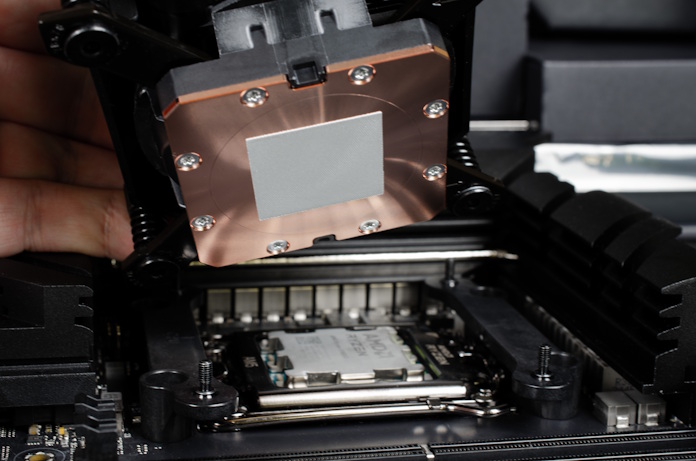
Overclocking necessarily involves increasing power consumption, which has some knock-on effects. Higher power draw means the components generate more heat, which puts a greater burden on your cooling hardware. Push an overclock too far, and you may encounter problems with system stability.
Overclocking does carry some risks, but there are potential rewards, too. Memory overclocking is incredibly easy with XMP and EXPO profiles, and it offers a wide-ranging performance boost over default settings. GPU overclocking provides a straightforward path to higher FPS in most games. Depending on the workload, CPU overclocking can have a major impact. And to a certain extent, these gains are “free”: all it takes is a little know-how to squeeze more performance out of the hardware that you already own.
CPU overclocking can noticeably improve performance, even in 2025
We might be well past the heyday of CPU overclocking, but you don’t have to look far to find PC users who still swear by custom tuning. Partly, that’s due to variance: some CPU designs and architectures are more amenable to overclocking than others, and there’s also what we call the “silicon lottery.” Some chips have more overclocking headroom than others even in the same product series. Even if CPU overclocking isn’t as impactful on average anymore, you might not have an average chip in your system.
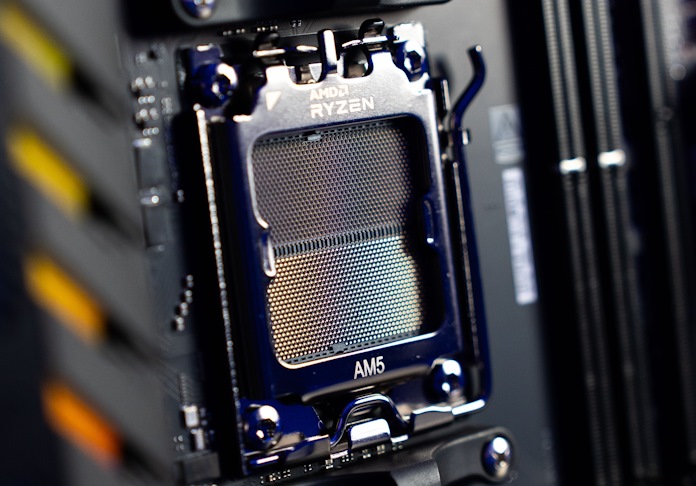
The value of CPU overclocking also depends on workload. If you’re playing a visually demanding game, the primary limiting factor when it comes to your FPS is your graphics card, not your CPU. CPU overclocking may not have a noticeable effect on your FPS in that scenario — though we should note that overclocking can have a big impact on 1% low FPS, meaning your game will stutter less for a consistently smooth experience.
On the other hand, there are PC workloads that are more than capable of taking advantage of all available CPU resources. Exporting a lengthy video project in Adobe Premiere Pro or DaVinci Resolve will put all your CPU cores to work, for example. If you want to stream and record your gameplay simultaneously, your CPU and GPU will both shoulder a heavy workload. In those circumstances, you’re likely to see a measurable benefit from CPU overclocking.
Overclocking also helps folks looking to stave off their hardware’s inevitable journey to the recycling center. Overclocking can’t completely transform a CPU or GPU’s capabilities, but it’s often capable of extending the useful life of your hardware. So even if overclocking doesn’t seem worthwhile right now, keep it in mind for down the road. Purchasing overclocking-ready hardware today will give you an avenue for boosting performance in a couple years, potentially buying you more time to save up for replacement hardware.
Today’s CPUs don’t leave many crumbs on the table
All that sounds fun and exciting, but you should probably temper your expectations regarding CPU overclocking. We’re well past the halcyon days when you could boost CPU performance by 10-30% with relatively modest effort. Today, you’re more likely to see a 5-10% performance boost from CPU overclocking. Often, PC builders will weigh the potentially marginal uplift from overclocking against the greatly increased power draw and decide that CPU overclocking isn’t worth it. That’s why so many enthusiasts are turning to undervolting instead — more on that in a bit.

What’s changed? CPU architecture, primarily. Today’s CPUs are so tightly optimized that there’s not a lot of headroom left for overclocking. Modern CPUs operate with a dynamic frequency that adjusts in real-time based on workload, temperature, and power limits. Right out of the box, without any amount of fine-tuning, your CPU will opportunistically give you as much performance as it can within parameters defined by its manufacturer.
Bear in mind that even the most powerful CPU options from Intel and AMD behave this way, and that creates a world where motherboards designed to support aggressive overclocks show their worth even for users who don’t overclock their CPUs. The Intel Core Ultra 9 Processor 285K and AMD Ryzen 9 9950X3D will draw no small amount of power when all their cores are engaged, and that’s before any amount of overclocking. A motherboard with a robust power solution and extensive VRM cooling will be better equipped to provide long-lasting performance when paired with such a CPU.
Overall, the design of modern CPUs is a win for gamers. Sure, there was something satisfying about putting your hardware know-how to work with a CPU overclock. But it’s so much more convenient to have a chip that dynamically adjusts its own performance behind the scenes to meet the moment without any additional setup or tuning.
Boosting CPU performance doesn’t require a computer science degree
Perhaps you’re on the fence about CPU overclocking right now. You suspect that it’ll have an impact, but you’re not sure if you have the expertise to do it properly.
You should know that the barrier of entry has never been lower when it comes to CPU overclocking. Certainly, it’s a field in which highly experienced veterans can do some incredible things. If you have the expertise to dial in a manual overclock and take advantage of advanced tuning tools, you’ll reap the benefits.
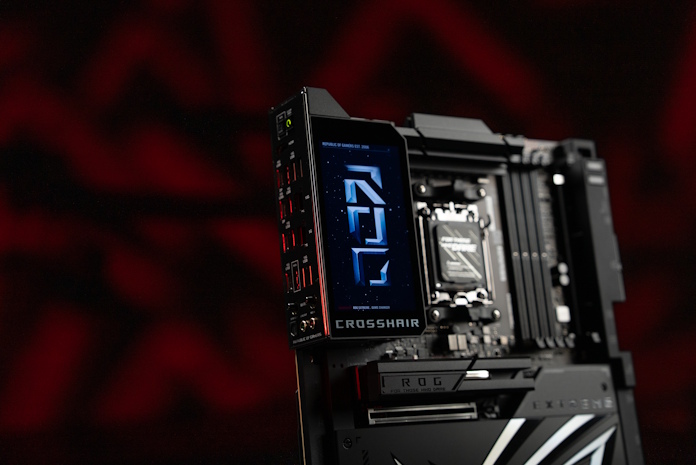
But overclocking also doesn’t require that level of expertise. With many ASUS motherboards, all you have to do is activate AI Overclocking and let it handle the details. Powered by exhaustive research and characterization of the performance potential of actual CPUs in our testing labs, this tool boosts CPU clocks with just one click. AI Overclocking’s sophisticated intelligence also monitors the efficiency of your CPU cooler and changes in the operating environment of your system to tune its parameters over time for the best performance with your system’s unique set of components.
Don’t miss out on memory overclocking
Overclocking is historically tied to CPUs, but in 2025 it’s probably more relevant to explore the value of GPU and memory overclocking, at least for gamers.
Memory overclocking is especially important, and it only takes a couple clicks. Bumping from the baseline DDR5-4800 speed to DDR5-6000 can yield significant advantages for just about everything you use your PC for, gaming included. You won’t even pay all that much more for a memory kit that’s rated for the higher speed, either. A bog-standard 2x16GB DDR5-4800 kit runs about $70-$80 (USD). A much-faster 2x16GB DDR5-6000 kit? Also about $70-$80 (USD). Odds are pretty good that the next time you go shopping for memory, you’ll get a faster kit, because why not?
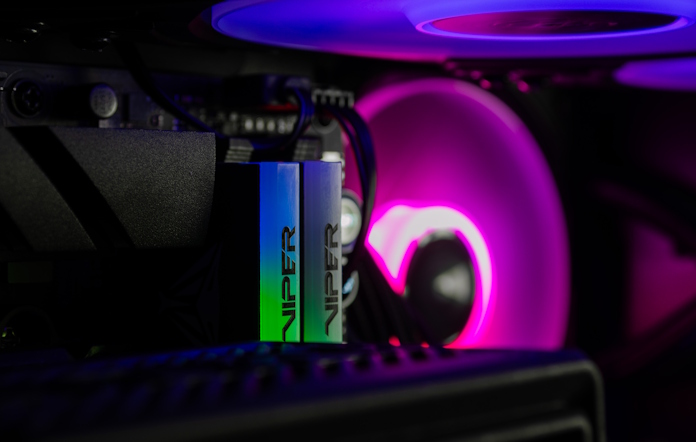
And if you have access to that speed, you should take advantage of it, because memory overclocking is incredibly easy. Sure, you can go deep into the weeds, but you don’t have to. Most memory kits these days offer XMP (Intel) or EXPO (AMD) memory profiles — just turn on XMP or EXPO in the BIOS, and you’ll be running at those speeds. Seriously, it’s that simple.
Even if you end up with a memory kit and motherboard combination that doesn’t give you access to an XMP or EXPO profile, your motherboard might give you a solution. Many ASUS motherboards offer AEMP profiles to make sure that you can tune your memory above baseline settings in such scenarios.
You might benefit from taking some time to explore the relative benefit of even faster memory kits, because we’re starting to see kits reaching DDR5-9600. To be clear, if you’re building a PC first and foremost for gaming, you don’t need the fastest kit out there. But the question on your mind shouldn’t be “am I going to overclock my memory?” but “how far am I going to overclock my memory?”
GPU overclocking enters the fray
Your graphics card is ready to get in on the overclocking fun, too, and potentially large benefits await from fine-tuning your GPU, especially for gaming.
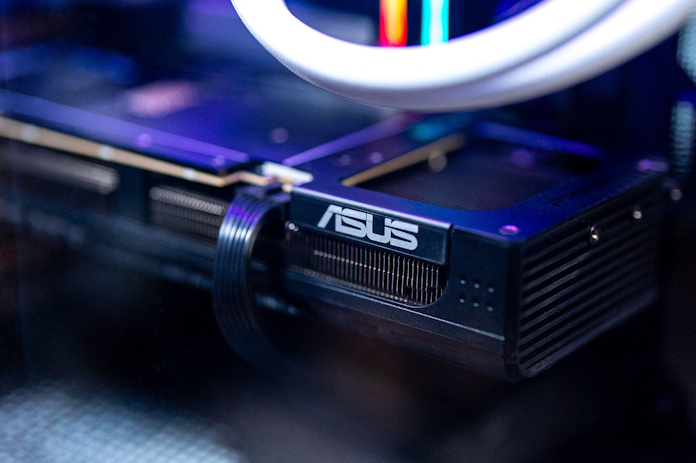
Like memory overclocking, GPU overclocking can be incredibly simple. You don’t even need to make a trip into the UEFI to do it. ASUS GPU Tweak III lets you fine-tune and monitor your GPU performance from the comfort and convenience of a Windows app. With GPU Tweak III, overclocking your graphics card can be as simple as clicking the “OC Mode” button, even if you’re not using an ASUS graphics card. Want a little more control? Grab the sliders that control the power target, voltage, frequencies, or fan speeds, tap “Apply,” and off you pop. Experienced performance tweakers can take things to the next level through the Voltage-Frequency Tuner, which offers discrete management of the boost curve. Whether you’re a seasoned PC builder or a neophyte, boosted graphics card performance awaits.
Will overclocking void my warranty?
As you’re making a decision about whether to overclock, you should also factor in your product warranty. It’s possible, but not necessarily a given, that overclocking a component will void your warranty, especially if you push the settings so far that you cause physical damage to the hardware.
That said, many PC builders treat certain overclocking techniques as just a normal part of setting up a PC. Enabling your XMP or EXPO memory profile, for instance, is very commonplace, and it won’t violate the warranty for your ASUS motherboard. You might also find warranty-covered tools for your specific hardware. Intel, for example, offers an overlocking profile for Intel Core Ultra 200S series processors called 200S Boost. This profile is available when you pair one of these CPUs with a compatible Z890 motherboard and Intel XMP memory modules, and enabling it does not void the three-year limited warranty provided by Intel.
Performance tuning is a much larger field than just overclocking
Overclocking tends to get all the headlines, since its concept is so much fun, but there are other strategies for tuning the performance of your PC. Depending on your goals, you might be better off taking a different approach.
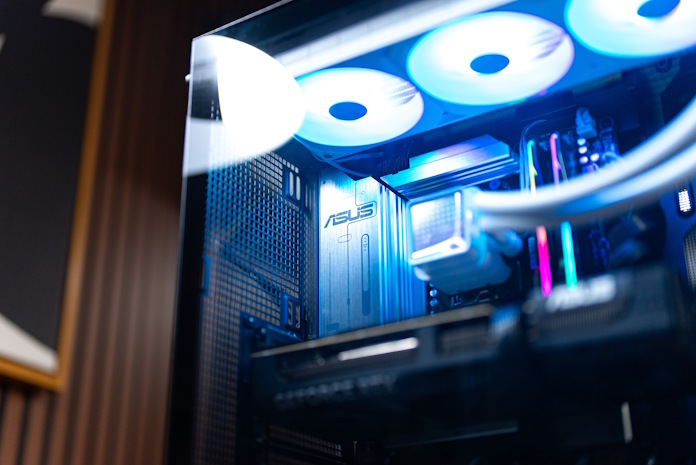
Right now, many PC builders are setting their sights on undervolting instead. This technique focuses on reducing power consumption while maintaining — or even increasing! — the same level of performance. Undervolting takes a bit more testing and trial-and-error than underclocking, especially if you’re keen to see how far you can push things, but the result is a tightly optimized PC. And if you can be one thing, you should be efficient.
Practical suggestions
Let’s boil all this down to some practical suggestions.
- Prioritize overclocking-capable hardware, even if you don’t plan to overclock. Even before you factor in overclocking, today’s CPUs draw a lot of power. A higher-end motherboard with a robust power solution and beefed-up cooling will prove its worth over the long term while also giving you robust features for undervolting. And down the road, you might find that overclocking will extend the useful life of your hardware.
- Sometimes, it’s easier to just buy more powerful hardware. In 2025, you’re spoiled for options when it comes to PC hardware. CPUs run from very affordable entry-level units to professional-grade 96-core monsters. Overclocking can help you squeeze more performance out of a lower-priced CPU, but it’s usually easier and more reliable to just buy a more powerful CPU.
- Remember that overclocking isn’t just for CPUs. Enabling your memory kit’s EXPO or XMP profile is one of the easiest ways to boost your PC’s performance. GPU overclocking is maybe even easier, and it’ll often yield direct benefits for gaming.
- Undervolting is arguably more valuable than overclocking in 2025. Performance tuning encompasses much more than just overclocking. Performance is king, but efficient and quiet operation matters, too. Don’t miss out on opportunities to optimize your complete PC experience.
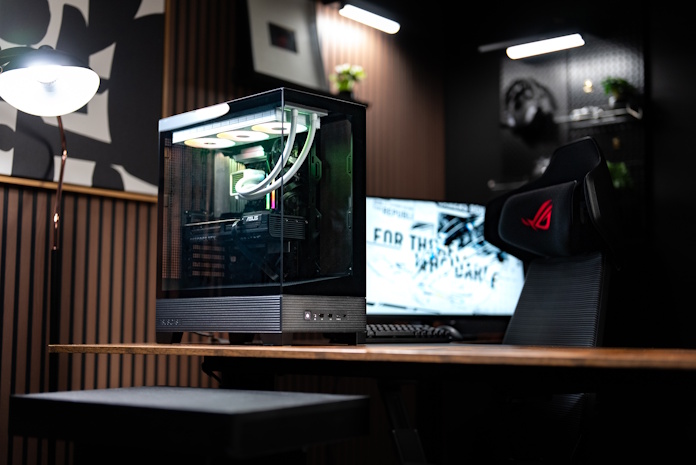
Ready to put together your dream overclocking-capable gaming PC? Generations of PC enthusiasts have trusted ASUS motherboards to provide premium performance, reliable operation, and easy customization. Click here to browse our selection of AMD X870E/X870 motherboards, and here to check out our Intel Z890 motherboard lineup.

